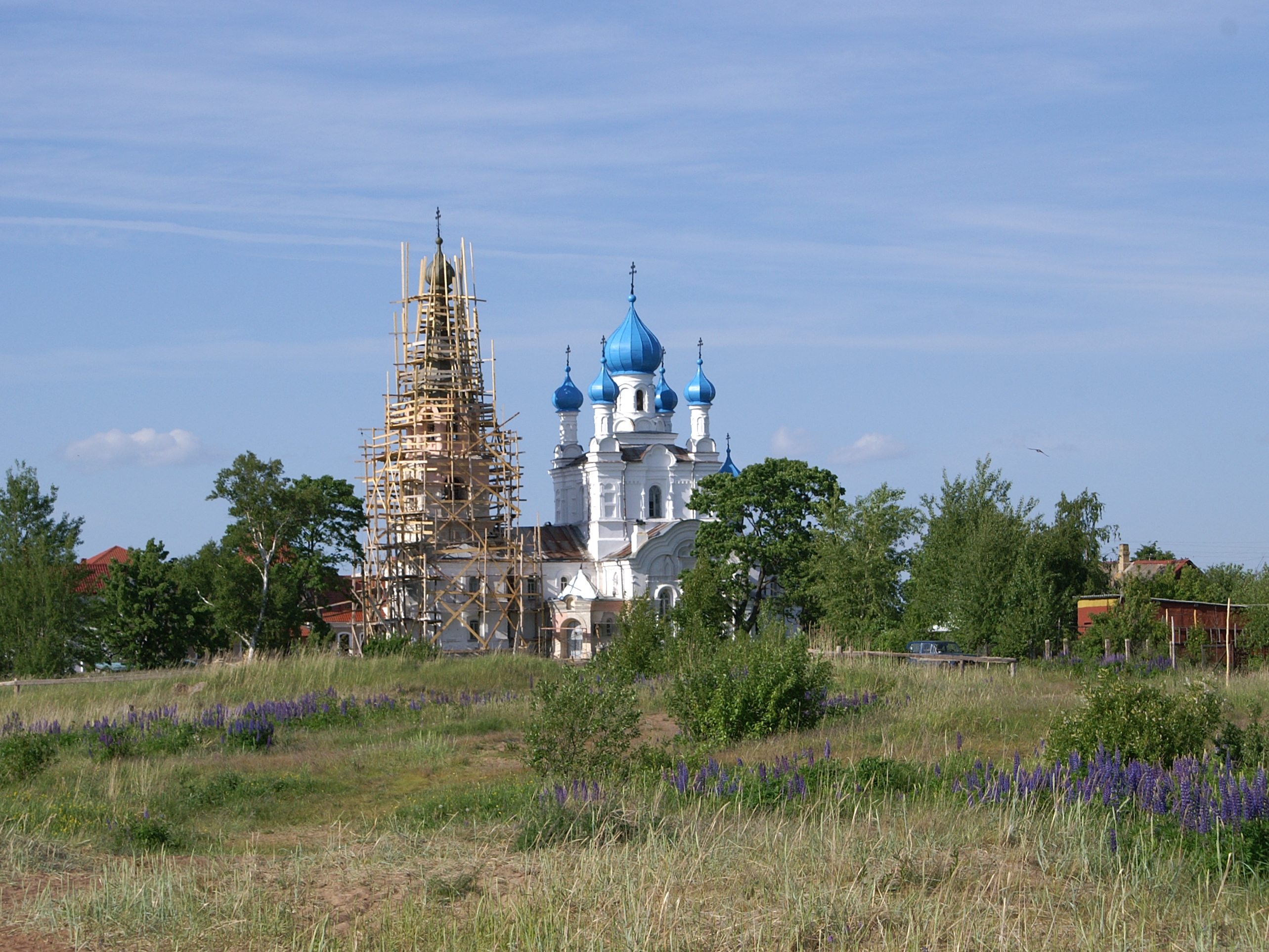|
Gdovka
The Gdovka (russian: Гдовка) is a river in Gdovsky District of Pskov Oblast, Russia. The source of the river is the Pyosy Mokh swamp. The Gdovka is a tributary of Lake Peipus. It is long and has the drainage basin of the area of . The town of Gdov Gdov (russian: Гдов) is a town and the administrative center of Gdovsky District in Pskov Oblast, Russia, located on the river Gdovka, just from its outflow into Lake Peipus. Population: History It was first mentioned in the beginning of ... and the village of Ustye are located on the banks of the Gdovka. References Rivers of Pskov Oblast {{Russia-river-stub ... [...More Info...] [...Related Items...] OR: [Wikipedia] [Google] [Baidu] |
Gdovsky District
Gdovsky District (russian: Гдо́вский райо́н) is an administrativeLaw #833-oz and municipalLaw #420-oz district (raion), one of the twenty-four in Pskov Oblast, Russia. It is located in the northwest of the oblast and borders with Slantsevsky District of Leningrad Oblast in the north, Plyussky District in the east, Strugo-Krasnensky District in the southeast, and with Pskovsky District in the south. Lake Peipus forms the border with Estonia in the west. The area of the district is . Its administrative center is the town of Gdov. Population: 17,715 ( 2002 Census); The population of Gdov accounts for 34.2% of the district's total population. Geography The districts belongs to the basin of the Narva River. The principal river in the north of the district is the Plyussa, which crosses the district, enters Leningrad Oblast, and joins the Narva. The biggest (left) tributary of the Plyussa within the district is the Lyuta. In the south of the district, rivers flow int ... [...More Info...] [...Related Items...] OR: [Wikipedia] [Google] [Baidu] |
Gdov
Gdov (russian: Гдов) is a town and the administrative center of Gdovsky District in Pskov Oblast, Russia, located on the river Gdovka, just from its outflow into Lake Peipus. Population: History It was first mentioned in the beginning of the 14th century, as an outpost guarding the city of Pskov. Between 1431 and 1434, Pskovians built a fortress there, the remains of which can still be seen. It was attacked on numerous occasions by the Swedes and the Polish-Lithuanian Commonwealth (e.g., during the Russo–Swedish War (1590–1595) and the Ingrian War), and captured by the Swedes in 1614, but was finally returned to Russia in 1617 according to the Treaty of Stolbovo. In the course of the administrative reform carried out in 1708 by Peter the Great, Gdov was made a part of Ingermanland Governorate (known since 1710 as Saint Petersburg Governorate). [...More Info...] [...Related Items...] OR: [Wikipedia] [Google] [Baidu] |
Lake Peipus
Lake Peipus ( et, Peipsi-Pihkva järv; russian: Чудско-Псковское озеро, Псковско-Чудское озеро, Chudsko-Pskovskoye ozero, Pskovsko-Chudskoye ozero); is the largest trans-boundary lake in Europe, lying on the border between Estonia and Russia. The lake is the fifth-largest in Europe after Lake Ladoga and Lake Onega (in Russia north of Saint Petersburg), Lake Vänern (in Sweden), and Lake Saimaa (in Finland). The lake is a remnant of water regularly collecting at the foot of large, perennial arctic ice sheets during recent ice ages. It covers , and has an average depth of , the deepest point being .Чудско-Псковское озеро |
Russia
Russia (, , ), or the Russian Federation, is a transcontinental country spanning Eastern Europe and Northern Asia. It is the largest country in the world, with its internationally recognised territory covering , and encompassing one-eighth of Earth's inhabitable landmass. Russia extends across eleven time zones and shares land boundaries with fourteen countries, more than any other country but China. It is the world's ninth-most populous country and Europe's most populous country, with a population of 146 million people. The country's capital and largest city is Moscow, the largest city entirely within Europe. Saint Petersburg is Russia's cultural centre and second-largest city. Other major urban areas include Novosibirsk, Yekaterinburg, Nizhny Novgorod, and Kazan. The East Slavs emerged as a recognisable group in Europe between the 3rd and 8th centuries CE. Kievan Rus' arose as a state in the 9th century, and in 988, it adopted Orthodox Christianity from the ... [...More Info...] [...Related Items...] OR: [Wikipedia] [Google] [Baidu] |
Pskov Oblast
Pskov Oblast (russian: Пско́вская о́бласть, ') is a federal subject of Russia (an oblast), located in the west of the country. Its administrative center is the city of Pskov. As of the 2010 Census, its population was 673,423. Geography Pskov Oblast is the westernmost federal subject of contiguous Russia ( Kaliningrad Oblast, while located further to the west, is an exclave).1september.ru. Д. В. Заяц (D. V. Zayats).Псковская область (''Pskov Oblast''). It borders with Leningrad Oblast in the north, Novgorod Oblast in the east, Tver and Smolensk Oblasts in the southeast, Vitebsk Oblast of Belarus in the south, and with the counties of Latvia ( Alūksne Municipality, Balvi Municipality, and Ludza Municipality) and Estonia ( Võru County) in the west. In the northwest, Pskov Oblast is limited by Lake Peipus, which makes up most of the state border with Estonia. The oblast is located in the Baltic Sea drainage basin, mostly in ... [...More Info...] [...Related Items...] OR: [Wikipedia] [Google] [Baidu] |


